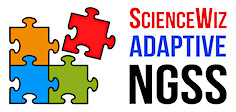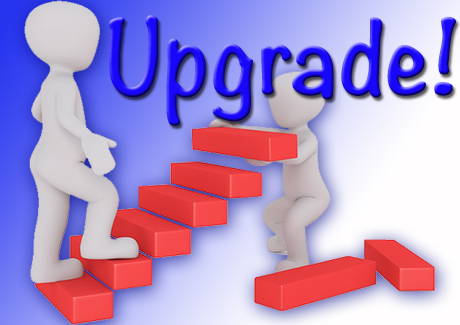This first lesson requires a page of simple cutouts and scissors
to explore a fundamental property of nature: charge.
Objects can gain or lose negative particles (electrons) with rubbing or friction.
Charges can build up on surfaces until they are discharged as static electricity.
a clean flat area to do the projects:
your feet along a wool
carpet and then
touched a doorknob
and gotten a SHOCK?
a wool hat or sweater,
clean dry hair
with a balloon,
or your hair stands on end,
you are generating . . .
you will need some background!
with a sharp pencil tip
(about .000001 grams)
would have about
50 million times
ANOTHER billion
carbon atoms in it!
Now that IS small!
are made of atoms!
How small are atoms
answer.
have a property called:
is made of particles, too!
50 million, billion atoms
in a pencil dot
has a center or nucleus containing protons.
that are moving about
frantically in shells.
locate the printed sheet
of protons and electrons.
the electrons
and protons.
billions and billions and billions of times smaller than your cutouts!
If an atom or an object has an EQUAL number
of negative and positive charges, it has ZERO total charge. It is NEUTRAL!
Pair each electron
with one proton.
Each proton has a PLUS or POSITIVE charge.
one extra proton,
so this group is
POSITIVELY charged!
one extra electron,
so this group is
NEGATIVELY charged!
one electron
from one group
to the other.
or the rubbing
of two materials together!
electrical charge from
one object to another?
electrons
and becomes
positively charged.
ADDED electrons
and becomes
negatively charged.
ELECTRONS (negatively charged) from your hair
are transferred to the balloon!
positively charged
and which becomes
negatively charged?
Let's see.
To your right,
a wool sweater
is RUBBED with a balloon.
The balloon picks up electrons.
The sweater LOSES electrons.
charges are there
for a negative charge
symbol for a
positive charge
with one minus charge.
WHAT is the total charge
there are extra electrons
It is NEUTRAL.
and positive
charged.












